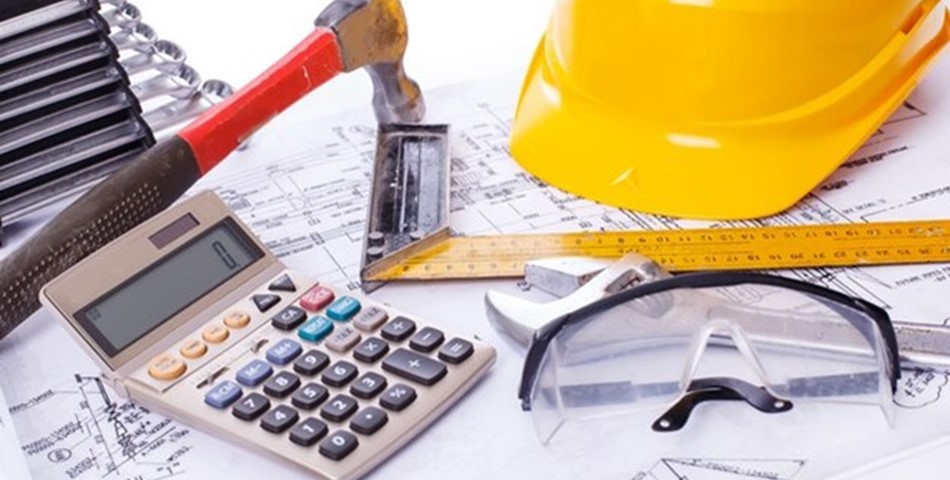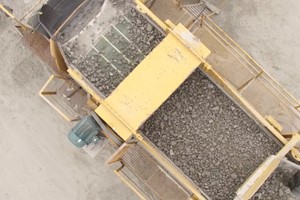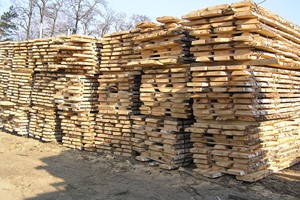The construction sector in the Middle East and North Africa (MENA) region showed strong performance in the first half of 2023, despite global economic challenges, according to JLL’s latest Construction Market Intelligence report. The report, based on insights from industry sources and experts, reveals that the region awarded $101 billion worth of projects in the first six months of the year, with Saudi Arabia ($44bn) and the UAE ($23bn) accounting for 67% of the total value. Both markets recorded an increase compared to the same period last year.
Egypt, which has a robust pipeline of upcoming projects, saw a decline in the value of awarded projects in the first half of 2023 compared to the same period last year. However, GlobalData forecasts a 9% average annual growth rate (AAGR) for Egypt’s construction market between 2024 and 2027, supported by transportation, renewable energy, and residential sectors. The residential sector was the strongest in Egypt in 2022 and currently holds the second-highest value of construction project awards as of H1 2023.
The UAE also witnessed a strong performance in the residential sector, with over $9 billion worth of awarded projects and Dubai alone accounting for approximately 75% of the total value. The hospitality and mixed-use segments also emerged as prominent sectors, with KSA’s leisure projects contributing $2bn.
Saudi Arabia’s construction market size is expected to grow by 4% AAGR between 2024 and 2027, driven by ongoing economic diversification efforts rooted in the Saudi Vision 2030. Projects such as ROSHN’s SEDRA, Jeddah Central, and Diriyah Gate Development Authority’s Diriyah, as well as initiatives by the Public Investment Fund such as Oxagon, THE LINE, Sindalah island, Trojena, and other residential and tourism projects, continue to progress swiftly. The building and construction sector contributes 6% to the GDP, making it the second-largest non-oil sector in the country.
The estimated value of the project pipeline in the MENA region exceeded $3trn, with Egypt, Saudi Arabia, and the UAE collectively owning over 60% of it. The Kingdom led the charge with an approximately 35% share, translating to an anticipated value of $1.3trn, while Egypt and the UAE both have an estimated value of $500bn each.
Laura Morgan, Market Intelligence Lead MEA at JLL, said: “The region stood out as an anomaly showcasing a sustained growth trajectory while global interest rate hikes, high levels of inflation, and a sluggish trade recovery continued to impact the construction industry globally. With an impressive project pipeline surpassing $3trn, led predominantly by nations like the UAE, Saudi Arabia, and Egypt, the construction sector promises more than just stability in the forthcoming period. It is slated to exhibit enduring growth, remaining the cornerstone of economic development and diversification in the MENA region.”
The UAE’s construction market size is expected to grow by over 3% (AAGR) between 2024 and 2027, driven by increased investment in the infrastructure and real estate sectors, such as residential, hospitality, mixed-use, and commercial properties. According to Emirates NBD research, Dubai’s construction index reached 55.1 in June 2023, the highest level in four years.
Commodity prices have been influenced by regional and global demand as well as rising input costs, resulting in a surge in Q4 2022 and Q1 2023. However, some signs of stabilisation were observed in the first half of 2023, with declines in aluminum (-15%), iron ore (-13%), copper (-7%), and Brent crude oil (-38%). Construction prices in the MENA region are affected by both domestic and international economic factors, making it uncertain whether they will decline or stabilise.
Moreover, the average oil price forecast for 2023 is $85/barrel, which is $15 lower than the price in 2022 and could potentially lead to lower fuel and production costs, creating an opportunity for cost savings in production and transportation. However, it is important to note that project investment in oil-producing regions, such as the Middle East, is often linked to oil price levels. Stable oil prices ideally create a favourable environment for construction projects. On the other hand, oil price shocks can impact construction funding in economies heavily dependent on oil revenues.
Regarding tender price inflation, an average annual percentage change of 3% is estimated in the UAE. This increase is attributed to market factors related to fluctuations in commodity and construction material prices. However, the Kingdom is expected to experience an average annual increase of approximately 6% in 2023.
Looking ahead to 2024, tender price inflation will be approximately 2% in the UAE, considering the stabilisation of commodity prices from the second half of 2023, the projected value of the project pipeline aligned with future demand, and intelligence gathered from market sources.














